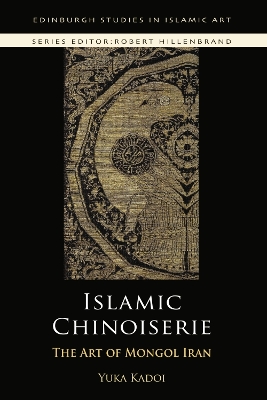The Mongol invasion in the thirteenth century marked a new phase in the development of Islamic art. Trans-Eurasian exchanges of goods, people and ideas were encouraged on a large scale under the auspices of the Pax Mongolica. With the fascination of portable objects brought from China and Central Asia, a distinctive, hitherto unknown style - Islamic chinoiserie - was born in the art of Iran. Highly illustrated, Islamic Chinoiserie offers a fascinating glimpse into the artistic interaction between Iran and China under the Mongols. By using rich visual materials from various media of decorative and pictorial arts - textiles, ceramics, metalwork and manuscript painting - the book illustrates the process of adoption and adaptation of Chinese themes in the art of Mongol-ruled Iran in a visually compelling way. The observation of this unique artistic phenomenon serves to promote the understanding of the artistic diversity of Islamic art in the Middle Ages.
Key Features *Covers various media of decorative and pictorial arts from Iran, Central Asia and China *Deals with a diverse range of issues related to the East-West artistic relationship in the Middle Ages *Features in-depth studies of style, technique and iconography in Iranian art under the Mongols *Includes 125 illustrations, 24 in colour
- ISBN10 0748635823
- ISBN13 9780748635825
- Publish Date 30 July 2009 (first published 1 January 2009)
- Publish Status Active
- Out of Print 15 August 2024
- Publish Country GB
- Imprint Edinburgh University Press
- Format Hardcover
- Pages 304
- Language English
